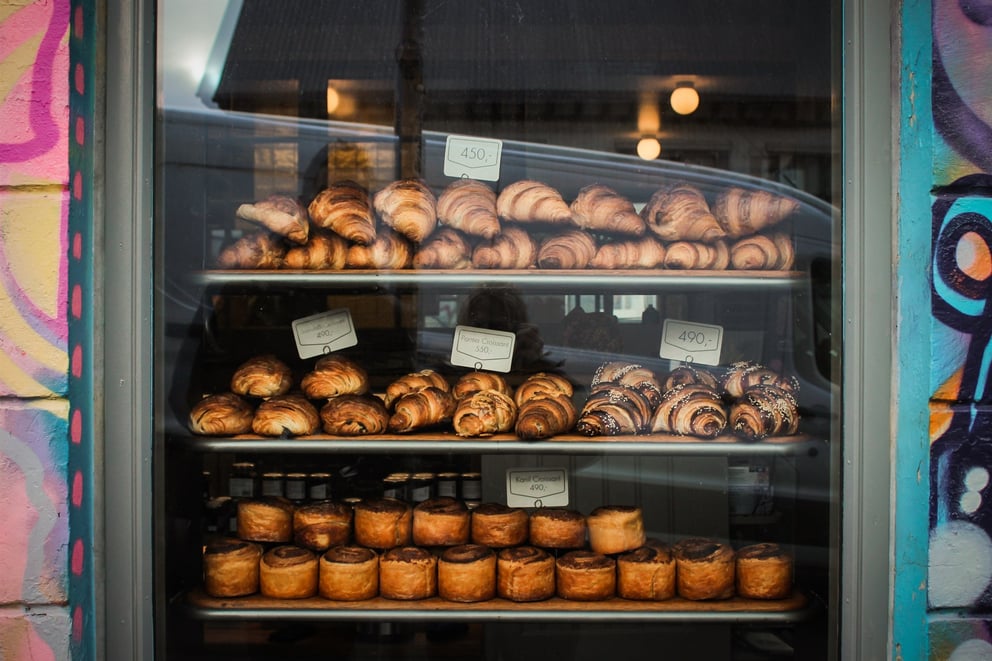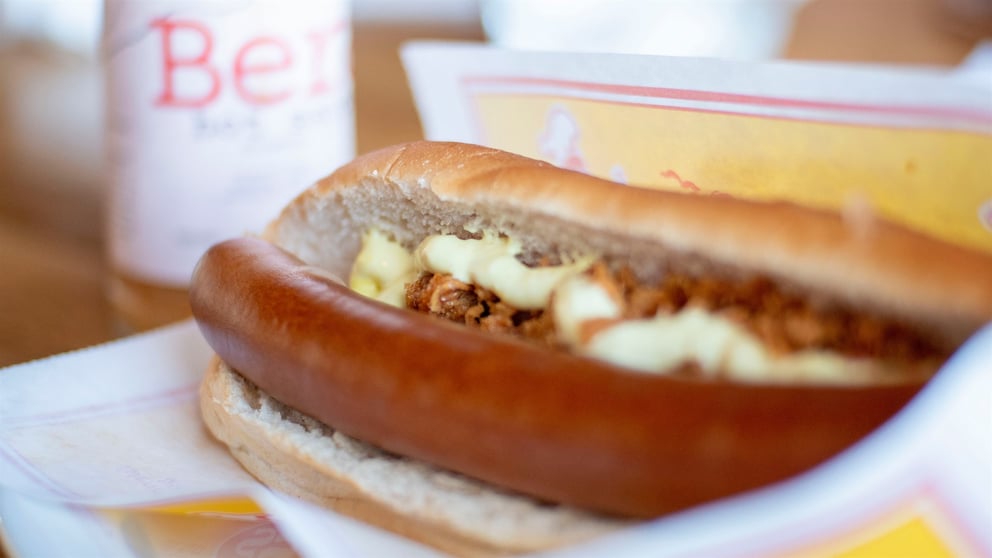How Expensive is Food in Iceland?
Statistics suggest that consumer prices in Iceland are some of the highest in Europe, with Iceland regularly ranked among the most expensive countries on the continent. This is a price that many are willing to pay for a once-in-a-lifetime trip where you can experience breathtaking scenery, unforgettable natural attractions, and delicious cuisine. But just how expensive is the food in Iceland? We’ve put together a guide to the average costs of food in Iceland so that you can budget in preparation for your holiday, as well as some tips on how to save money when necessary.

Just How Expensive is Dining Out in Iceland in 2025?
Eating and drinking out in Iceland certainly isn’t cheap, and in fact, is an activity that locals often enjoy as a treat. However, sit-down meals in Icelandic restaurants certainly aren’t incomparable to prices you may pay in other European cities such as London or Copenhagen. In the table below, you will find some of the average restaurant prices you can expect to pay in Reykjavík.
|
Description |
Average cost in ISK |
Average cost in USD |
|
3-course meal for 2 at a mid-range restaurant in Reykjavik |
19,000 kr |
$140 |
|
Fast food combo meal (McDonald's equivalent) |
2,500 kr |
$18.50 |
|
Regular cappuccino |
753 kr |
$5.34 |
|
Domestic beer (from a restaurant) |
1,550 kr |
$11.09 |
Information from numbeo.com - based on currency conversion rates as of 03/12/2025.
To give you a rough idea, if you’re planning on a 3-course meal out for two people with a beer each, you can expect to spend between 20,000kr and 21,800kr, or $150-$162. While there are plenty of amazing restaurant experiences in Iceland, cities like Reykjavík also offer plenty of fast food options, as well as delicious street food. For a simple meal like this with a beer or soft drink, you can expect to spend between 6,300kr and 7,950kr or $47-$59.
How Much Are Groceries in Iceland?
If you’re planning to buy groceries instead of dining out during your stay in Iceland, you might be keen to know how much your average items will cost. As in restaurants, you might find that regular items are more expensive than you’d find at home, so be prepared before you head out shopping.
|
Description |
Average cost in ISK |
Average cost in USD |
|
Loaf of bread |
390 kr |
$2.90 |
|
Pint of whole milk |
220 kr |
$1.65 |
|
Dozen eggs |
696 kr |
$5.20 |
|
1kg of potatoes |
300 kr |
$2.30 |
|
1kg of rice |
450 kr |
$3.40 |
Why is Food in Iceland So Expensive?
Given the cold, arctic climate, the growing season for the restricted amount of crops that thrive in Iceland is limited. This means that much of the food you will encounter in Iceland will have been either grown in greenhouses or imported from other countries, such as Germany, Norway, the U.S., and the UK. Naturally, the high costs and tariffs that are associated with this are passed on to the consumer.
The small size of the market and the tax system are important factors that influence food prices. VAT on food is up to 24% and since the Icelandic market is very small, importers of wheat can´t negotiate the same price per ton of wheat as an importer in the UK can.
If you’re currently thinking about touring Iceland to enjoy the different cuisines that are available, why not hire a car so that you are in complete control of your itinerary and plans?

How to Save Money on Food in Iceland
Do not let the price of food deter you from arranging your trip to the Land of Fire and Ice. We guarantee that the experiences you will enjoy during your time in Iceland will make it all worthwhile. Here are some of the things you can do to try and save money on food during your time in Iceland.
- Try to book accommodation that includes breakfast. This will allow you to fill up on a hearty morning meal - a great way to start your day!
- Head to the grocery store or supermarket to stock up on snacks for lunch - you could even purchase some bread, butter, and sandwich fillings of your choice. Making lunch, even on one or two of the days, will work out cheaper than eating your midday meal in a restaurant.
- When in Iceland, forget everything you know about hot dogs. Icelandic hot dogs are usually created with organic lamb, pork, or beef and are served on a steamed bun with onions and plenty of sauce. You’ll find stands in pretty much every town or city, they’re extremely popular and relatively cheap. One of the most famous hot dog stands in Iceland is Bæjarins Beztu Pylsur, located in downtown Reykjavik.
- When it comes to keeping hydrated, there is no need to waste money on bottled water in Iceland. The majority of the tap water comes from glaciers and springs, making it safe to drink, fresh and delicious! Just make sure to keep a reusable bottle with you and fill it up as you go. You’re likely to find water bottle filling stations in restaurants, cafes, gas stations and even restrooms at popular attractions.
Finally, you can also check out our list of the best cheap restaurants in Reykjavík so that you can still enjoy a sit-down meal without breaking the bank!
Cost of Alcohol in Iceland
If you enjoy beer, wine, or spirits with your meal and want to try these out during your time in Iceland, it’s worth noting that the cost of these can be significantly higher compared to other countries. This is a result of high import taxes and strict government regulations on alcohol sales.
The cost of a pint of beer in either a bar or restaurant in Iceland will typically range between 1,200 ISK to 1,500 ISK (around $9 to $11 USD). In Reykjavik and other towns in Iceland, happy hour is a common occurrence so you can take advantage of discounted prices on beer, around 800 ISK to 1,000 ISK (around $6 to $8 USD).
It’s also worth noting that alcohol cannot be purchased in supermarkets. Instead, it can only be purchased at Vínbúðin, the state-run liquor store. Prices here are lower than bars and restaurants but still more expensive than you’re probably used to. Here’s a breakdown of typical prices of alcohol in Iceland:
- A six-pack of local beer costs around 2,500 ISK to 3,000 ISK ($18 to $22 USD).
- A bottle of wine starts at around 2,500 ISK ($18 USD) and can go much higher depending on the brand.
- A bottle of spirits such as vodka or whiskey may cost between 5,000 ISK and 10,000 ISK ($36 to $72 USD).
Ultimately, being able to enjoy the food in Iceland is part of the experience when visiting the island. Whilst there are ways to cut back and save money on edible expenditure, money spent on filling up with delicious cuisine is money well spent!

